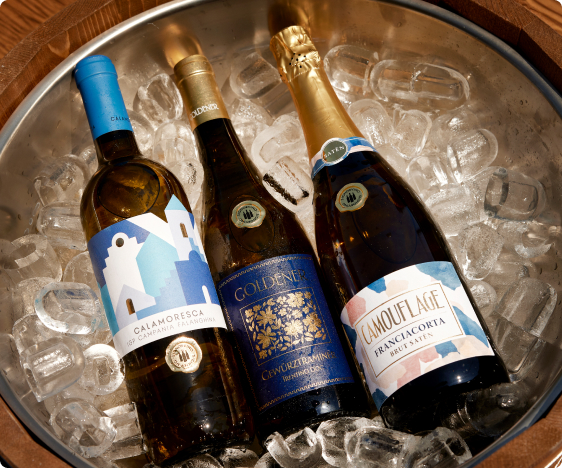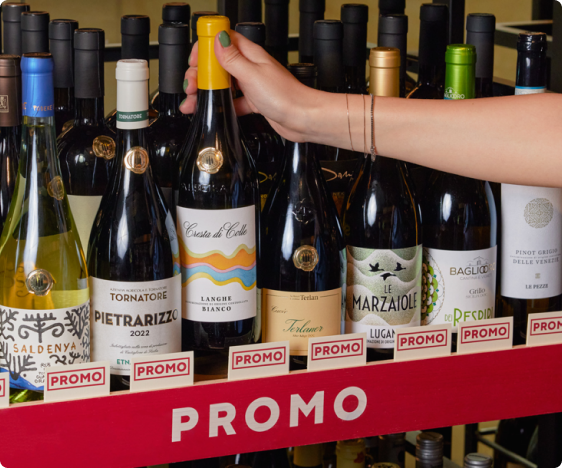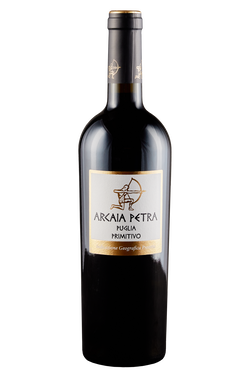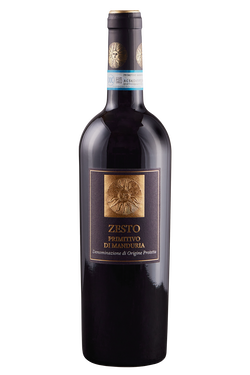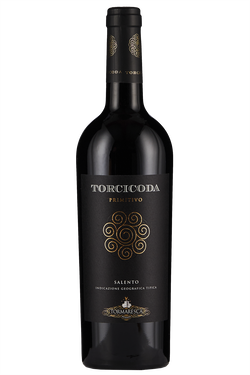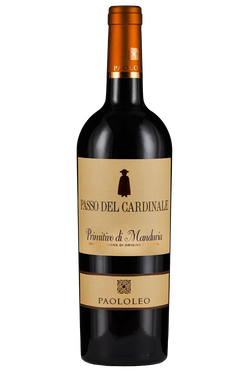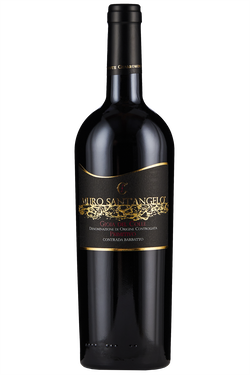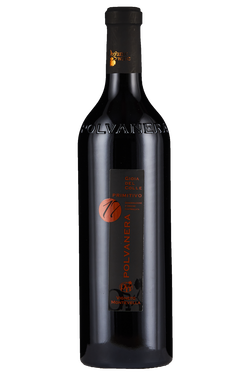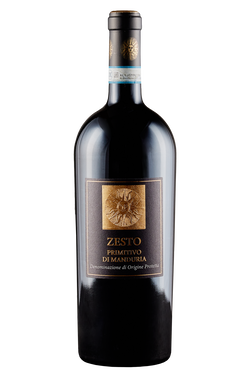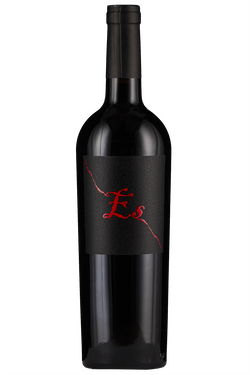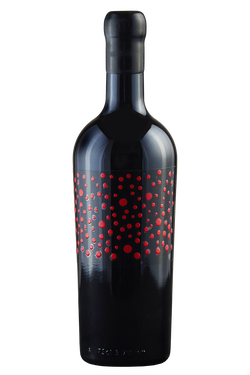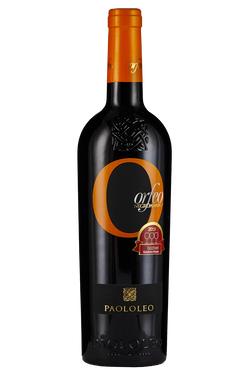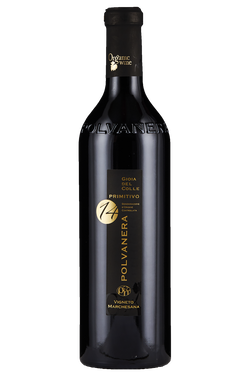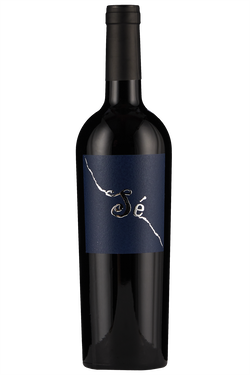The best red wines from Piedmont
There are a large number of designations in Piedmont, for bothwhiteand red wines, some of which are so famous they need no introduction. Some of the most important red wines from Piedmont that we could not possibly forget are: Barolo, Barolo Chinato, Barbaresco, Barbera, and Nebbiolo. The “king of wines and the wine of kings”, Barolois an iconic wine from Langhe, produced from monovarietal Nebbiolo in the municipalities of Barolo, La Morra, Monforte d’Alba, Castiglione Falletto, Serralunga d’Alba, Roddi, Verduno, Cherasco, Diano d’Alba, Novello, and Grinzane Cavour, in the province of Cuneo. According to the protocol, Barolo DOCG (Denominazione di Origine Controllata e Garantita) must be aged for at least 38 months, including 18 in large or small wooden barrels. It is a wine with excellent ageing potential, which has a garnet colour that develops orange tones over time. It boasts an intense nose of flowers and red berry fruit with vanilla and tertiary notes, and on the palate it is full with exceptional tannin. The longevity of Barolo can be measured in years, even decades, for a wine that evolves with elegance and grace. Barbaresco DOCG is another powerful red with a long ageing period, produced from monovarietal Nebbiolo in the municipalities of Barbaresco, Neive, and Treiso. It must be aged for at least 26 months, including at least 9 in wooden barrels.
Major designations
Nebbiolo indicates both the grape variety and the designation, and it seems to derive from “nebbia”, Italian for fog, an atmospheric event that is common in Langhe, but it could also come from the abundant bloom that surrounds the grape. Nebbiolo d’Alba is a designation in the Cuneo province, which produces a ruby red wine with violet and red fruit on the nose, a fresh-tasting palate and crunchy tannin. As we have seen, this grape variety is used to produce both Barolo and Barbaresco, as well as other magnificent wines like Gattinara and Ghemme, plus various lesser known designations (such as Boca, Bramaterra, Langhe, and Lessona, etc.). Barbera is another wine (and grape variety!) from Piedmont, cultivated across the entire region, which has a different character depending on the production area. There is the Barbera d’Alba DOC, also called “baroleggi” because after a certain amount of time in the bottle, it develops power, structure and elegance, rivalling (almost!) its noble cousin. Then there is the Barbera d’Asti DOCG produced in the provinces of Asti and Alessandria, also in a Superiore version, the Barbera del Monferrato Superiore DOCG and Nizza DOCG, always monovarietal made from Barbera.
Pairings to try
Piedmont is a region famous for its wines and vineyards, which sculpt the landscape and surround its villages and countryside. Tradition in Piedmont is strongly characterised by the links between its gastronomic culture and wine-making art. Piedmont’s wines have a wide variety of flavours, so they pair well not only with Piedmontese dishes but also other specialities. Barolo is an extremely complex wine thanks to its full flavour and impressive body, so it can be paired with mature cheeses and structured meats, like the traditional brasato al Barolo (beef braised in Barolo wine). It is also a perfect accompaniment for rich and elaborate dishes like those based on truffles, porcini mushrooms, and game, but also desserts like chocolate or dry pastries. Barolo Chinato, on the other hand, is a wine that pairs perfectly with desserts, although for some it is salty dishes that work best with its flavour. Therefore, it is good to try it with both. Recommended desserts include those based on dried fruits like almonds and walnuts, or chocolate and pear, castagnaccio (chestnut flour cake) or pure chocolate. As for savoury dishes, we recommend blue cheeses, stewed hare and sea urchins, seasoned with spices. With Barbaresco, you are spoilt for choice. Considered one of the best Italian wines for roasts, it also pairs well with game, poultry, braised meats, and mature cheeses.
More harmonious flavours and aromas
The best red wines from Puglia
Some excellent wines come from Puglia, both whites and reds, all with their own characters and personalities, typical aromas and notes, but the most famous are probably Negroamaro and Primitivo. Negroamaro is a red wine produced across the entire region, but its area of choice is Salento. This territory, known as the “Heel of Italy”, has clay and limestone terrain that branches out towards the Murge plateau in the south. The grape is rich in sugars, so it produces a full-bodied wine that is quite soft and rich on the nose, ranging from aromas of quite ripe red berry fruit to jam. The palate is full and warm with good length, especially if it has been rested in wooden barrels. As well as the red version, Negroamaro lends itself very well to rosé vinification. The other ace up the sleeve when it comes to Puglia’s quality viticulture is Primitivo, a grape that is probably related to the Californian Zinfandel. It is a wine that has an impenetrable ruby red colour, aromas of plum, black cherry, cloves and spices, even without being rested in wood, due to the characteristics of the grape.
Major designations
On the palate, especially if it has been rested in large or small barrels, Primitivo’s spicy characteristics emerge, making it a legend for its complexity and pleasant taste. The softness and roundness of this red wine are balanced by the pleasant freshness and substantial tannin. The most important designation is Primitivo di Manduria, the area where it reaches its peak, which extends across various municipalities in the provinces of Taranto and Brindisi. The production protocol requires the use of a minimum of 85% Primitivo, plus 15% of other red grapes. The Riserva version has an ABV of 14%, with a total ageing period of 24 months, 9 of those in wood. There is also a Primitivo di Manduria Dolce Naturale (naturally sweet) version, a sweet nectar that must be produced monovarietal, solely with Primitivo grapes, which can have an ABV of around 16%. Other grapes that are highly representative of Puglia are Nero di Troia, Bombino Nero, Malvasia Nera from Brindisi and Lecce, and finally Aleatico, which makes a very pleasant Passito wine.
Pairings to try
All the red wines from Puglia are perfect with regional pairings. Want some examples? Negroamaro is excellent with lamb meatballs, grilled horse meat, mature cheeses, and game. The softness of Primitivo makes it a perfect pairing for all types of meat dishes. For example, it is sublime with a sensational bombetta (pork roll), a capocollo pork roll filled with stringy cheese – the quintessential street food. Its “younger” versions pair well with first courses with meat sauces or vegetable soups, and also with extra-mature cheeses. With the sweet version of Primitivo or the Aleatico Passito, you can have fun pairing various Apulian desserts, such as pasticciotto from Lecce (an oval-shaped shortcrust pastry filled with custard), Cartellate (puff pastry sprinkled with spices, honey, and almonds), or Ceglie (almond flour filled biscuits).
More harmonious flavours and aromas
The Rosso del Salento designation lends itself to various pairings. It is perfect with the legendary orecchiette with broccoli rabe or stuffed aubergine, but also with a sumptuous caciocavallo cheese or pecorino from the Murge Plateau. Another perfect pairing is with meat, especially meat that is typical of Salento, like lamb, kid, and pork. It can also be paired with first courses with meat-based sauces. Nero di Troia is also a good accompaniment for several meat-based dishes, especially savoury or spicy ones, and game. It is excellent when paired with dishes from its territory of origin, such as sweet and sour lamb, and guinea fowl with stuffing. The Bombino Nero wine, meanwhile, pairs perfectly with both fried and creamed vegetables, and also with fish and white meat. So, now all that is left is for you to experiment: try the best of Puglia!
